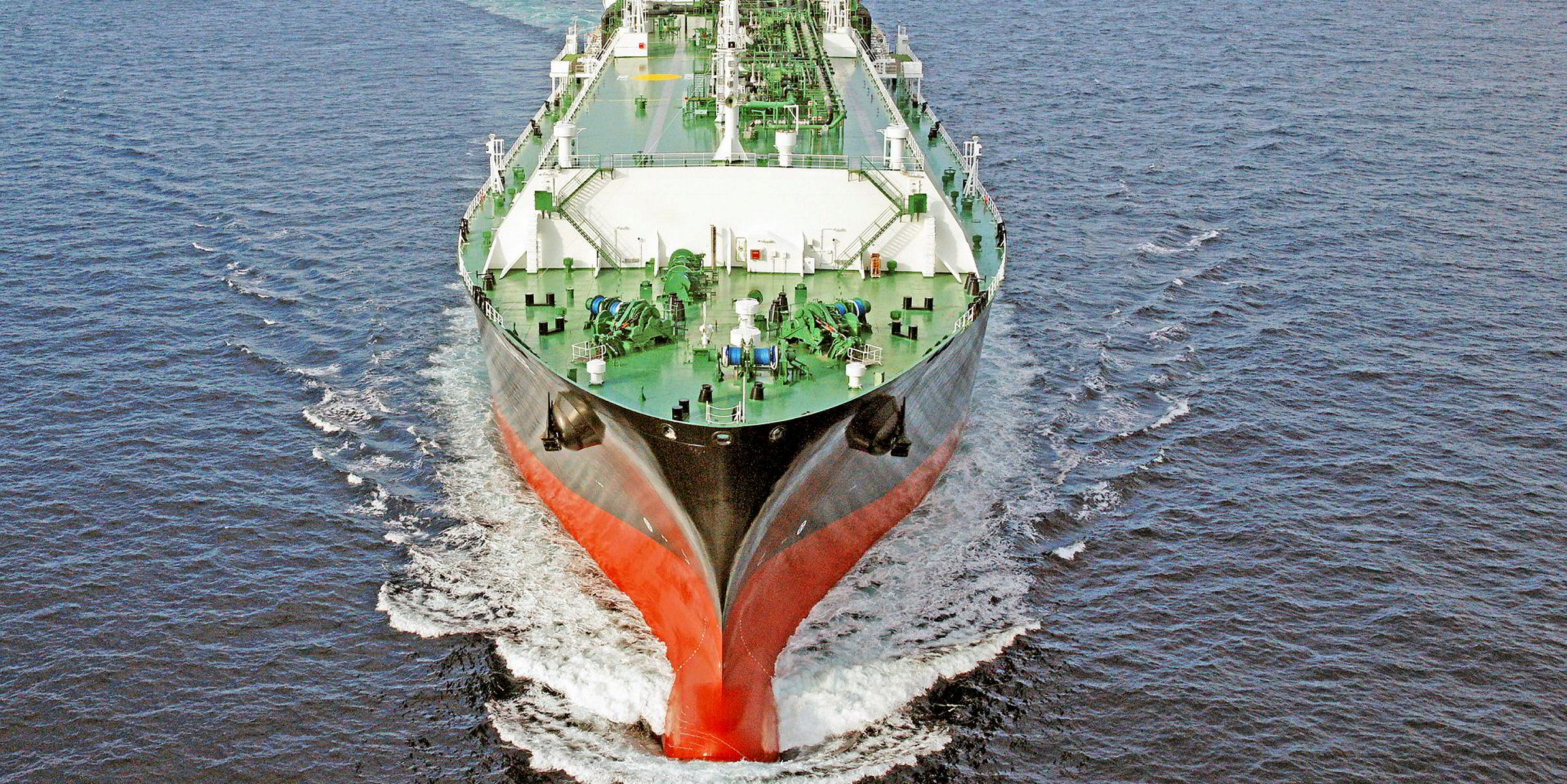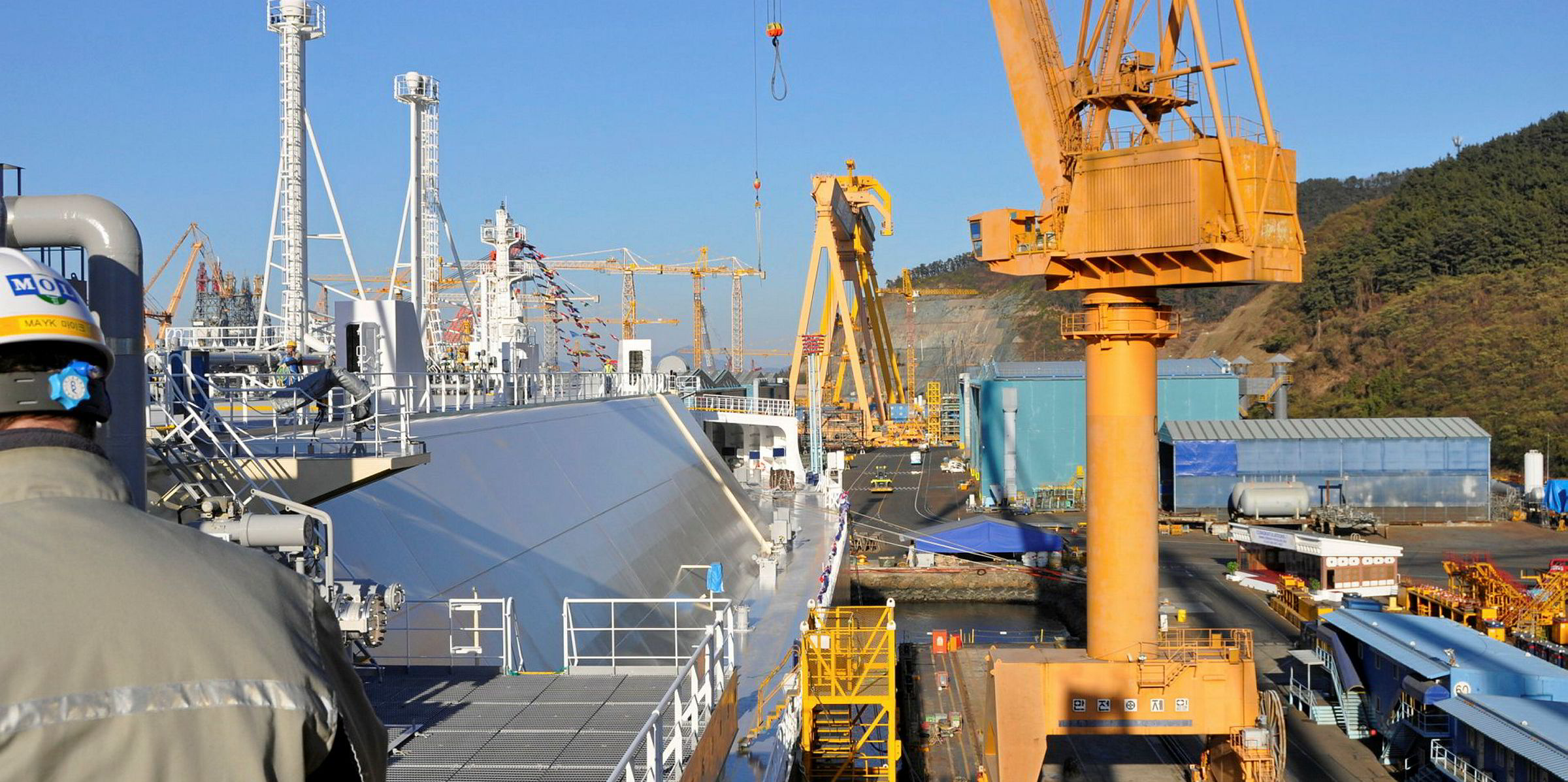Demand from new liquefaction projects is set to push the global LNG shipping fleet up to 800 vessels in the next six years, according to shipbroker Fearnleys.
Senior analyst Gonzalo de Arteaga told the Astrup Fearnley Shipping, Energy & Offshore Conference 2020 in London that the current fleet of about 500 conventional LNG carriers will increase to 600 vessels by 2021, after planned deliveries.
De Arteaga said many more LNG carrier newbuildings will be needed for the 2023-2027 period to deal with supply growth in the sector of about 134 million tonnes per annum.
He said by 2026 the world fleet will need about 800 LNG carriers.
De Arteaga forecasts a “relatively balanced shipping market” for 2020, which he said will stay “flat or slightly positive” for the year.
He said the strong LNG supply growth seen in 2019 will continue, along with recovery in trade distance, but tramp shipping may still prove disappointing due to low spot LNG prices.
Tonne-mile drop
De Arteaga said tonne-mile growth for LNG carriers was 8.5% last year, down on the 14.2% logged in 2018.
Spot rates across all vessel types declined in 2019, with ME-GI and X-DF vessels averaging $81,500 per day, down 18% on 2018; tri-fuel diesel-electric ships dropping 20% to average $68,500 per day; and steam turbine LNG carriers falling 10% to $47,900 per day.
Shipowners also lost out on fixtures to sublets from other charterers such as producers, traders and other importers.
Global LNG production climbed to 361m tonnes in 2019 and a further 20m-25m tonnes is expected to be added this year, he said.
But with most volume growth coming from the US and demand from Asia expected to continue, there is potential for the tonne-mile situation to improve.
Fearnleys said 43 LNG carriers are scheduled for delivery this year, with 42 to follow in 2021 and 23 logged for 2022.
De Arteaga said LNG newbuilding activity may prove slow in the first half of this year but could pick up in the second half on the back of demand from new supply.






